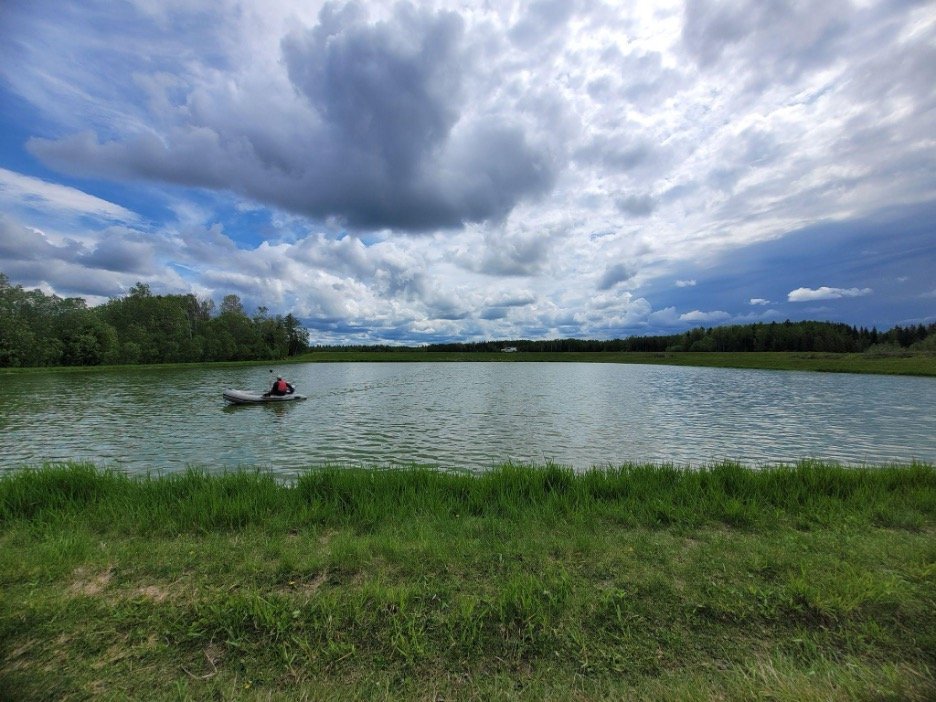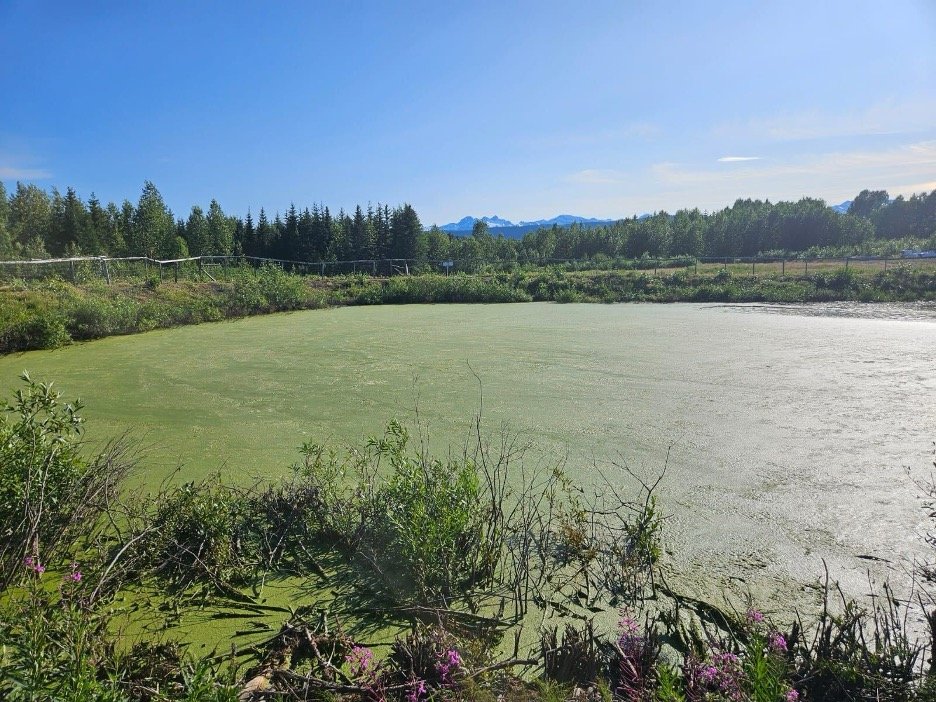Winter Prep Guide: Wastewater Lagoon Maintenance Checklist
By: Aidan McKenna and Mac Hillestad
Hydrasurvey Completing a Wastewater Lagoon Sludge Survey
Introduction
Ensuring your wastewater system is well-maintained through the summer and into fall is crucial as we approach the cold winter months. Following this checklist will help keep your lagoon in optimal condition throughout the winter and into the spring. Here are key steps to prepare your lagoon for the winter season:
1. Inspect and Maintain Aeration Systems
Check Aerators: Ensure all aerators are functioning correctly. Look for any signs of wear or damage and replace or repair as necessary.
Clean Diffusers: Remove any buildup on diffusers to maintain optimal oxygen transfer rates.
Verify Airflow: Test airflow rates and adjust settings to ensure efficient operation throughout the winter.
Inspect and Maintain Aeration Systems
2. Monitor Sludge Levels
Conduct Sludge Surveys: Perform a comprehensive sludge survey to determine current sludge levels. This will help in planning for potential dredging and understanding lagoon capacity. You can contact Hydrasurvey to get your comprehensive sludge survey done here.
Evaluate Dredging Needs: Based on survey results, schedule any necessary dredging before the onset of freezing temperatures.
Complete a Sludge Survey and Evaluate Dredging Needs
3. Check for Structural Integrity
Inspect Liner Conditions: Look for any signs of liner damage or wear. Repair any issues to prevent leaks and ensure the lagoon remains watertight.
Examine Berms and Embankments: Ensure all berms and embankments are stable and free from erosion or other damage that could worsen with winter weather.
4. Prepare for Winter Operations
Adjust Operating Levels: Lower water levels if necessary to accommodate increased precipitation or snowmelt during winter.
Winterize Equipment: Drain and store any equipment not needed during the winter to prevent damage from freezing temperatures.
Review Emergency Plans: Ensure that emergency response plans are up to date and that all staff are familiar with procedures in case of severe weather or system failures.
Prepare for Winter Early
5. Manage Vegetation
Trim Vegetation: Cut back any overgrown vegetation around the lagoon to prevent it from interfering with operations and to maintain access for inspections.
Remove Debris: Clear out any accumulated debris from the lagoon and surrounding areas to prevent blockages and maintain good water flow.
6. Monitor Water Quality
Test Effluent Quality: Regularly test the effluent to ensure it meets regulatory standards, particularly as temperatures drop and treatment processes may slow.
Adjust Treatment Processes: Be prepared to adjust treatment processes to maintain water quality as temperatures change.
Monitor Water Quality and Manage Vegetation
7. Documentation and Reporting
Update Logs: Keep detailed logs of all maintenance activities, inspections, and any issues encountered. This will help in tracking performance and planning future maintenance.
Report Findings: Document and report any significant findings or repairs to relevant authorities as required.
By following this fall checklist, lagoon operators can ensure their systems are well-prepared for winter, maintaining efficient operation and compliance with environmental regulations. Regular maintenance and inspections are key to preventing costly repairs and ensuring the longevity of the lagoon infrastructure. For more detailed information and resources, contact Hydrasurvey.





